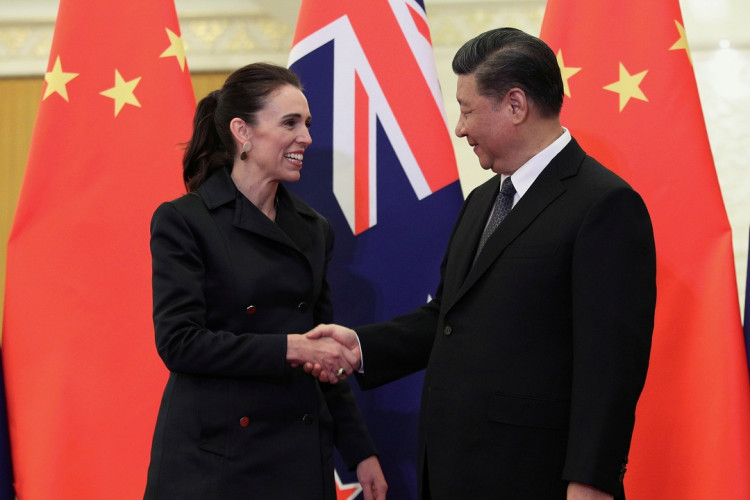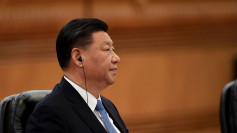A New Zealand-China free-trade agreement signed Tuesday eases the entry of New Zealand's exports to China and expands market access for more of its products and services, New Zealand Prime Minister Jacinda Ardern says.
The new deal demands China's commitment to environmental standards and also increases visa quotas for Chinese-language teachers and tour guides in New Zealand. The deal still has to be ratified by New Zealand's parliament.
In 2008, New Zealand became the first developed economy to sign a bilateral free-trade agreement with China. It was renegotiated in 2014 and talks over the latest version commenced in November 2019.
"China remains one of our most important trade partners...For this to take place during the global economic crisis brought about by COVID-19 makes it particularly important," Ardern said.
Lead Minister for Trade and Export Growth Damien O'Connor and China's Minister of Commerce Wang Wentao signed the deal in a video-link meeting late Tuesday. O'Connor said the deal means the agreement will remain suitable for another decade. China is, by far, New Zealand's largest export market.
"What this does is modernize the free trade agreement that we signed in 2008 - brings it up to date. It provides real opportunities for exporters," O'Connor said.
"Ten years ago, some of the issues around trade were not as sophisticated. This agreement allows us to move forward, particularly in the area of services."
Tariffs for many of New Zealand's mostly commodities-based exports, which include dairy, timber and seafood, will be either removed or reduced.
The upgraded agreement will expand to 98% the tariff-free access enjoyed by New Zealand products. It will also reduce compliance costs for New Zealand exporters. The deal asks that China opens up aviation, education and finance to New Zealand companies.
It will see 99% of New Zealand's $2.5 billion trade in paper and wood products enter China tariff free and receive preferential access. In addition, 12 wood and paper products will have duties removed. Some 48% of New Zealand's wood exports worth $4.6 billion go to China.
The latest agreement expands market access for New Zealand services exporters - which will also receive most-favored nation protections to protect their competitive advantage in China. It also opens market access for sectors such as audio-visual and environmental services.
According to New Zealand government data, 23% of the country's goods and services exports and 16% of imports by value in 2019 were with China. Two-way trade in goods and services with China was worth US$33.4 billion. Exports came to $20.1 billion and imports $13.3 billion - giving New Zealand a trade surplus of $6.8 billion.






